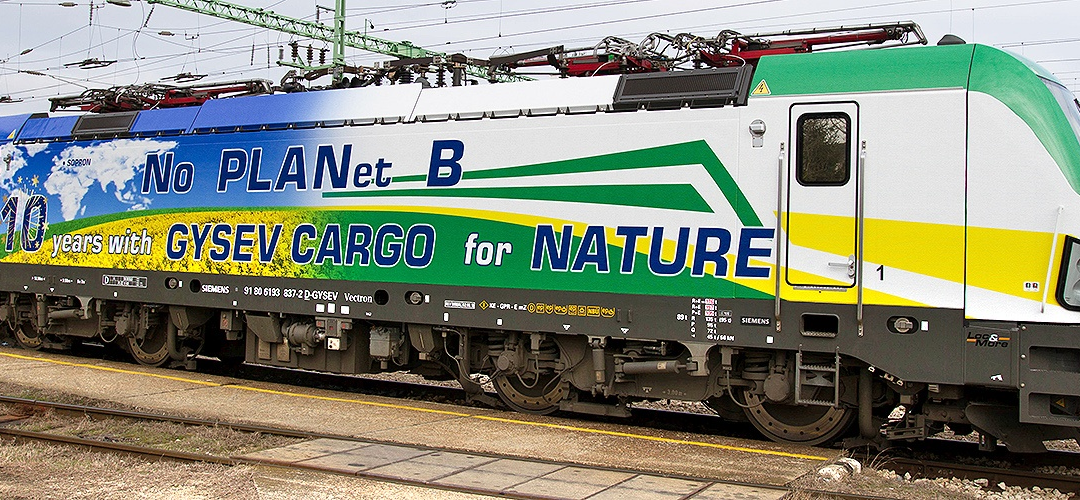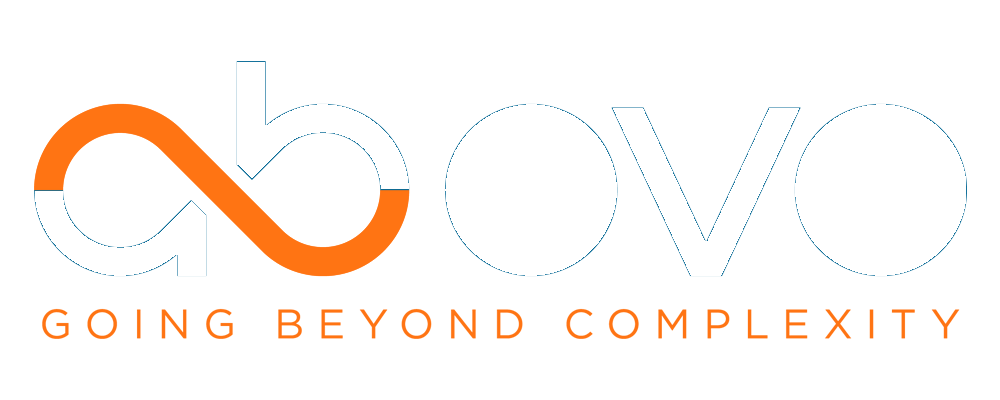Written by: RailFreight | Zoltan Zentai
Rail Cargo | 4 mins read
The digitalisation process may have cost a little, but the returns on investment are obvious. As a result of implementing the Rail Cargo System of Ab Ovo, GYSEV Cargo is planning locomotive usage in a more efficient way, which is saving thousands of euros. And this is just one example of the huge benefits.
The Hungarian rail freight division shared its digitalisation process at the Rail Cargo Days, an event by IT Services & Consulting company Ab Ovo held in Rotterdam on October 11 and 12. As a Hungarian company, it is having a somewhat unique position on the market, as the shift to a more digitally organised rail freight industry is only happening gradually.
This is one of the reasons Gysev Cargo reached out to an international IT firm, explains Zoltan Zentai, Director Operation Support at Gysev Cargo. “In Hungary, IT firms are not so much focused on the rail industry, because the demand was only limited. Ab Ovo has the logistics industry expertise, especially the rail freight industry. It understands the process, from contract to end-customer delivery. This is very convenient.
Digital from contract to customer
Gysev Cargo started its digitalisation process a few years ago. The Rail Cargo System (RCS) supports all elements of the transportation process; local service traffic, contracts, orders, production planning, execution and financial settlement. “Before, we used many different systems for these processes, now it is one integrated system”.
“This results in more efficient use of assets”, continues Zentai. “For example, we may think that we have a shortage of locomotives. But we cannot conclude this without analysing the data. RCS tells us exactly where the locomotive is and what the planning is for this locomotive. We see the gaps in usage and can optimise the usage of it.”
Return on investments
This efficiency gain can deliver a return of investment of hundreds of thousands, he explains. Similarly, cost savings can be achieved with better control over the invoicing. “We used to lose a lot of money due to poor control over invoicing, due to which some bills were not paid. This would result in a loss of income of 1 to 1,5 per cent per year.
“The investment in digitalisation is quite costly; but the return on investment is obvious. In three to five years, we will have gained back these investments. Together with Ab Ovo, we will continue to improve on business processes and related IT”, says Zentai.
The next step
This next step would be to invest in better monitoring tools, so that managers within the company can make better, short-term decisions.” The Hungarian rail freight provider also wants a customer portal, where customers can track their shipment from A to Z. This will all be done within the next two years.
“Rail used to be a closed world, with old men running the industry. But this is about to change”, said Zentai. Zentai will also speak at the RailFreight on Tour summit Hungary about the digitalisation process of his company. This event is taking place on 19 and 20 October in Debrecen.
Source: RailFreight.com
Official article: Digitalising a rail freight company: it easily saves up thousand of euros | RailFreight.com



